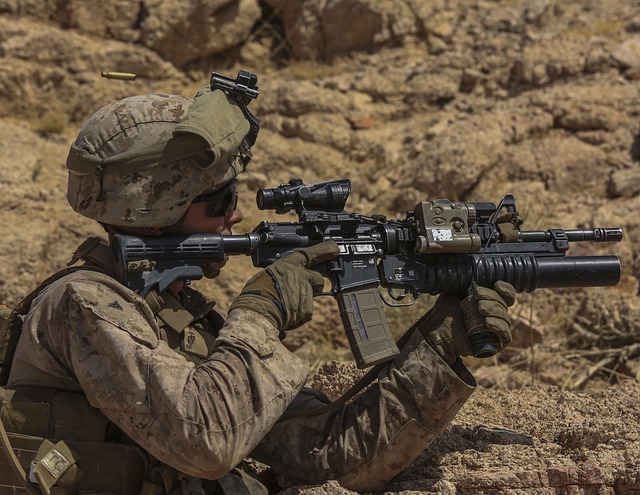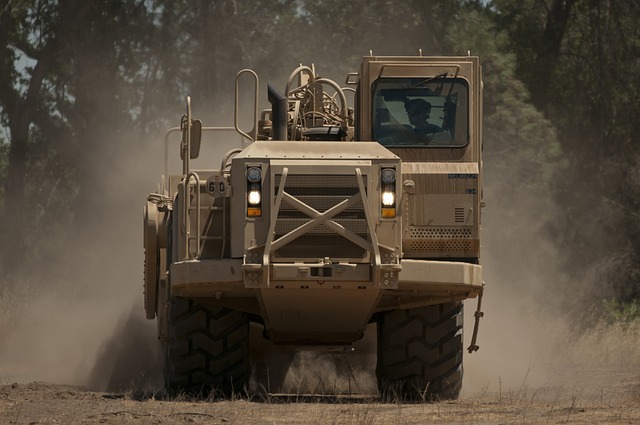The US Army Reserve Flag is a powerful symbol of bravery, dedication, and national defense, celebrated in parades and ceremonies. Its design—incorporating red and white stripes for unity, blue for loyalty, state stars, and an eagle—represents America's history and values. Featured prominently in military events, the flag fosters camaraderie, pride, and respect among current and former Army Reserve members, while adhering to specific protocols for its respectful display.
The US Army Reserve Flag, with its vibrant colors and distinct design, plays a pivotal role in parades and ceremonies, carrying profound historical significance. This article delves into the symbolism behind the flag’s intricate elements, exploring its meaning as a testament to military traditions and honor. We’ll navigate the protocols and guidelines governing its display, emphasizing the importance of proper usage, ensuring respect for this iconic symbol of the US Army Reserve in various ceremonies and public gatherings.
- Historical Significance of the US Army Reserve Flag in Parades
- Symbolism and Design Elements: Unraveling the Meaning
- Role in Military Ceremonies and Traditions
- Display and Protocol: Guidelines for Proper Usage
Historical Significance of the US Army Reserve Flag in Parades

The US Army Reserve Flag holds immense historical significance, playing a pivotal role in parades and ceremonies that commemorate significant events in American history. Its presence on the parade ground is more than just symbolic; it serves as a tangible link to the past, representing the contributions and sacrifices of the men and women who have served in the Army Reserve over the years. Dating back to its early beginnings, the flag has evolved to embody the spirit of resilience, dedication, and patriotism that defines the US Army Reserve.
Parades and ceremonies provide a unique platform for showcasing the US Army Reserve Flag, allowing current and former members to proudly display their service and commitment. These events often include elaborate formations, marching bands, and color guards, each element carefully choreographed to honor the flag’s historical significance. By participating in such ceremonies, the Army Reserve not only pays tribute to its heritage but also reinforces its role as a vital component of national defense, fostering a sense of camaraderie and pride among its members.
Symbolism and Design Elements: Unraveling the Meaning

The US Army Reserve Flag is more than just a colorful expanse of fabric; it’s a powerful symbol laden with deep meaning. Each color and design element meticulously represents the core values, history, and purpose of the Army Reserve. The bold red and white stripes echo the original 13 colonies, symbolizing unity and the enduring spirit of the American people. Blue denotes loyalty and vigilance, reminding us of the steadfast commitment to nation and community that defines the Army Reserve.
The unique design goes beyond these colors, however. The distinct elements—from the stars representing each state and territory, to the eagle emblazoned on the hoist, embodying freedom and strength—all work together to convey a message of pride, service, and sacrifice. These symbols are not merely decorative; they serve as a visual narrative, telling the story of the Army Reserve’s past achievements and its ongoing dedication to protecting and serving the United States.
Role in Military Ceremonies and Traditions

The US Army Reserve Flag holds a significant role in military ceremonies and traditions, serving as a powerful symbol of honor and unity. During parades and formal events, this flag is often at the forefront, leading the procession and commanding attention. Its presence underscores the importance of heritage and the contributions made by the Army Reserve units across generations. The flag becomes a focal point, inspiring pride and camaraderie among current and former soldiers alike.
In military ceremonies, the US Army Reserve Flag is meticulously unfurled according to precise protocols, each movement carrying deep meaning. It is a visual representation of the rich history and core values of the Army Reserve, fostering a sense of belonging and remembrance. Whether it’s a deployment celebration or a commemorative event, the flag plays a crucial part in honoring traditions and strengthening the bonds within the military community.
Display and Protocol: Guidelines for Proper Usage

When displaying the US Army Reserve Flag during parades and ceremonies, adherence to specific guidelines ensures it is shown with the respect it deserves. The flag should always be flown at a height visible to all spectators, typically atop a pole or on a vehicle. It must be properly positioned, with its stripes and stars facing forward, to convey a sense of pride and unity.
Proper protocol dictates that the US Army Reserve Flag takes precedence over most other flags. It should be placed to its left (viewer’s perspective) when displayed together with other flags, except for the American flag, which always stands at the extreme left. During ceremonies, it is customary to render a salute when the flag is unfurled or retired, emphasizing the deep reverence and honor accorded to this symbol of service and sacrifice.
The US Army Reserve Flag, with its rich historical significance, serves as a powerful symbol of military tradition and unity. Its prominent use in parades and ceremonies highlights the crucial role it plays in honoring the service and sacrifice of Reserve soldiers. By understanding the symbolism behind its design and adhering to proper display guidelines, we ensure that this flag continues to inspire and represent the unique contributions of the US Army Reserve in today’s military landscape.
